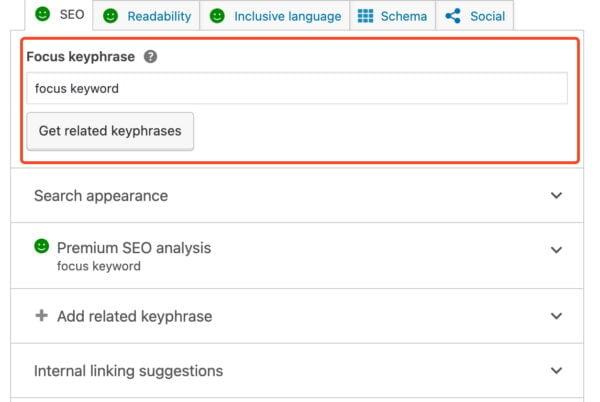From the Splendor of Victoria Falls to a Digitally Connected Africa: Zimbabwe Hosts Launch of the Africa Broadband Maps Initiative
In a landmark effort to close the digital gap across Africa, Zimbabwe recently hosted the inauguration of the Africa Broadband Maps Project, set against the awe-inspiring scenery of Victoria Falls. Led by the European External Action Service (EEAS), this initiative marks a pivotal advancement in expanding internet accessibility and information flow for millions throughout the continent. As digital connectivity increasingly emerges as a cornerstone for economic prosperity and social progress in Africa, this project’s ambitious mission-to develop detailed broadband coverage maps-promises to transform how governments, private enterprises, and development partners strategize infrastructure investments. Beyond demonstrating the European Union’s dedication to promoting digital inclusion, it empowers African countries to unlock technology’s transformative power. The launch event sparked vital conversations about how this endeavor will impact local communities and reshape Africa’s broader digital ecosystem.
Victoria Falls Launch: Accelerating Digital Transformation Across Africa
The unveiling at Victoria Falls represents a crucial milestone in tackling connectivity disparities on the continent. The core objective of the Africa Broadband Maps Project is to establish an exhaustive database that charts existing broadband infrastructure and service quality across regions. This data-driven approach equips policymakers and stakeholders with actionable insights that can stimulate innovation-led growth while fostering equitable access to reliable internet services. By bridging connectivity gaps, especially in underserved areas, this initiative aims to cultivate an inclusive digital environment that uplifts communities economically and socially.
Key pillars underpinning this project include:
- Advanced Data Acquisition: Employing cutting-edge technologies such as geospatial analytics and crowdsourced reporting for precise broadband mapping.
- Targeted Infrastructure Expansion: Pinpointing underserved zones where investment can yield maximum impact.
- Policy Formulation Support: Delivering evidence-based recommendations enabling governments to craft effective digital strategies.
- Synergistic Public-Private Collaboration: Fostering partnerships between state actors and private sector innovators for optimized resource deployment.
To contextualize these efforts, consider current versus projected broadband metrics within key African markets:
| KPI | Status Today | Goal by 2025 | |||
|---|---|---|---|---|---|
| User Internet Penetration Rate | Approximately 35% | Aim for 60% | |||
| Total Broadband Subscribers | Around 25 million users | An estimated 50 million users | |||
| Average Network Download Speed | 7 Mbps (average) td > | 30 Mbps (target) td > tr > tbody > table > Bridging Connectivity Gaps: The Strategic Role of Africa Broadband Maps ProjectThe project stands as a catalyst poised to diminish disparities in internet access throughout diverse African regions by delivering comprehensive real-time data on network reachability and performance levels. This transparency enables governments, investors, NGOs, and community groups alike to identify critical shortfalls swiftly-ensuring resources are channeled where they matter most. Anticipated benefits from deploying these detailed maps include:
An initial assessment reveals stark contrasts between urban centers-which enjoy relatively high coverage-and rural or remote locales still grappling with limited service availability:
Strategies for Advancing Digital Inclusion Throughout ZimbabweAchieving widespread digital equity demands coordinated efforts emphasizing both technological expansion and human capacity building within Zimbabwe’s unique socio-economic context. Pivotal steps forward include: The foundation lies in robust investment toward expanding telecommunications infrastructure nationwide-particularly focusing on rural districts often overlooked during previous rollouts. Strengthening broadband networks here ensures more citizens gain entry points into today’s interconnected economy. Cultivating strong public-private partnerships remains essential; collaborative ventures accelerate deployment timelines while optimizing costs. These alliances have proven successful elsewhere across sub-Saharan markets by leveraging complementary expertise from government regulators alongside tech firms’ innovation capacities. Nurturing widespread digital literacy programs is equally critical-especially targeting marginalized populations who face barriers due not only lack of devices but also skills needed for meaningful online engagement. Training initiatives should cover essentials such as safe browsing practices plus practical applications like e-commerce tools or distance learning platforms tailored locally. The regulatory environment must evolve concurrently; modernizing policies will encourage entrepreneurship while safeguarding consumer interests amid rapid technological shifts.This includes incentivizing local content creation which enriches cultural representation online whilst opening new revenue streams for indigenous creators.* A national awareness campaign spotlighting benefits tied directly with improved connectivity could galvanize participation among currently disconnected demographics.* Key recommendations summarized below aim at accelerating progress toward universal access:
|

